Both the MS Stavangerfjord and the MS Bergensfjord fulfil the high safety requirements for LNG propulsion with HEROSE valves. A report from on board.
At a first glance, the brand new MS Stavangerfjord looks just like a normal ferry. However, if you watch her leaving port in Bergen, you can see two differences: No thick black smoke comes out of the giant funnels – and immediately next to them, three redpainted pipes point up into the Norwegian sky. In white lettering, these announce the reason for their existence and the clean start of the 15 hour crossing to Denmark: POWERED BY LNG. The new ship is exclusively powered by liquid gas. The pipes are for safety. In case of emergency, the ship’s entire LNG supply can escape from them.
The MS Stavangerfjord and her twin sister, MS Bergensfjord are among the first ships of their type in the world which are exclusively powered with natural gas instead of diesel or heavy oil. With this, the Fjord Line shipping company fulfills the strict environmental requirements which will apply for ferry traffic in Northern Europe well ahead of time. LNG does not contain either sulphur or heavy metals and reduces CO2 emissions by up to 20 to 30 % and NOX emissions (nitrogen monoxide and nitrogen dioxide) by approximately 90 % in comparison with heavy oil.
Safety was high on the list of priorities for the design of the new ships – after all, the ship carries up to 600,000 cubic metres of gas as fuel. LNG valves from HEROSE make a significant contribution to safety. Various safety and globe valves from the Bad Oldesloe company were installed. Manfred Kadner, responsible for northern European customers: “The pneumatically actuated globe valves are also equipped with a hand wheel, so that they can also be operated manually in case of an emergency.”
Among other things they regulate the filling of the tanks. HEROSE safety valves are also installed in all of the gas pipes on the ship, each between two shut-off valves. Martin Warner, the Danish Chief Engineer on the MS Stavangerfjord explains the other safety measures: “For example, each gas pipe is inside of a second pipe, so that no gas can escape to the surrounding air in case of a leak. There are gas sensors everywhere, and the two tanks are additionally protected.” His conclusion: “You are just as safe with us as with conventionally powered ships.”
Martin Warner and his seven colleagues control the ship’s technology from the control room on the second deck, which with all its flashing monitors reminds you of the NASA in Houston. The 170 metre long ship is powered by 4 engines, which each deliver 5400 kW and give the MS Stavangerfjord a maximum speed of 25 knots. The “Single LNG Engines” are made by Rolls-Royce. It is worth mentioning that the MS Stavangerfjord was built on a modular principle: The entire gas system was developed by Cryomar in Norway, who also endured that the system was correctly installed in the ship. The LNG tanks, including the cold boxes were assembled in Turkey by ARITAS, the hull comes from Poland and the final assembly and fitting out was carried out in a shipyard in Rissa, in central Norway.
We visit Captain Erik Johansen on the bridge. Does he notice whether the engines are fuelled with LNG or heavy oil? “No”, he says, and is a little proud to be in command of one of the first ships of this type. However, as the MS Stavangerfjord enters Stavanger harbour after a five hour voyage, his mood becomes a little subdued. Actually he ought to top up with LNG here – but he is not allowed to. In Denmark and Sweden this is not a problem – in fact the permit from the Norwegian government must arrive any day now, says Johansen. Until then, he is supplied from trucks in the Danish port of destination Hirtshals. However, Johansen knows that these “teething troubles” will soon be over. He is enthusiastic: “LNG is the future for shipping – it is clean, there is plenty available and above all it is safe.”
Photo at the top: © marcos8 – Fotolia.com


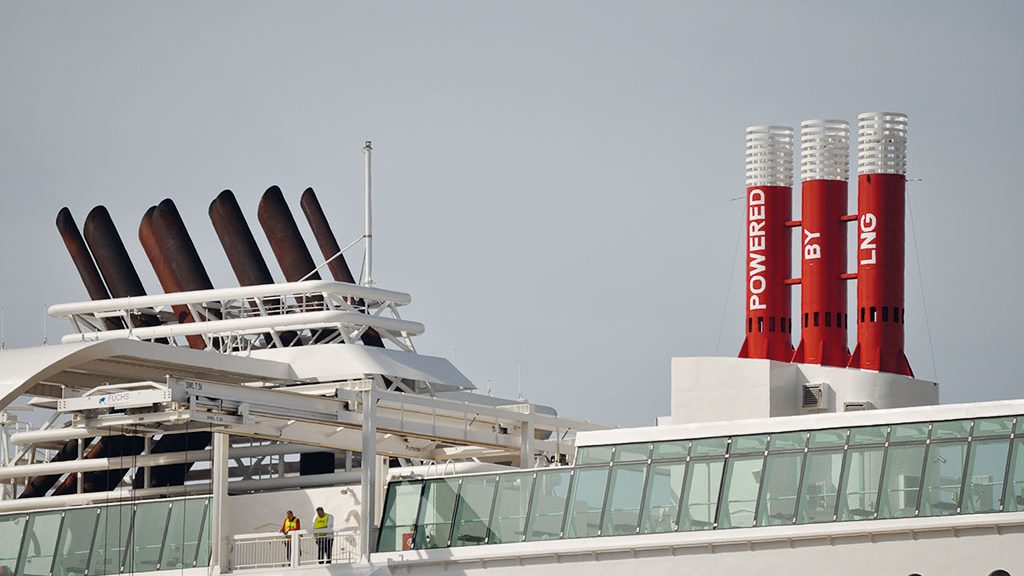
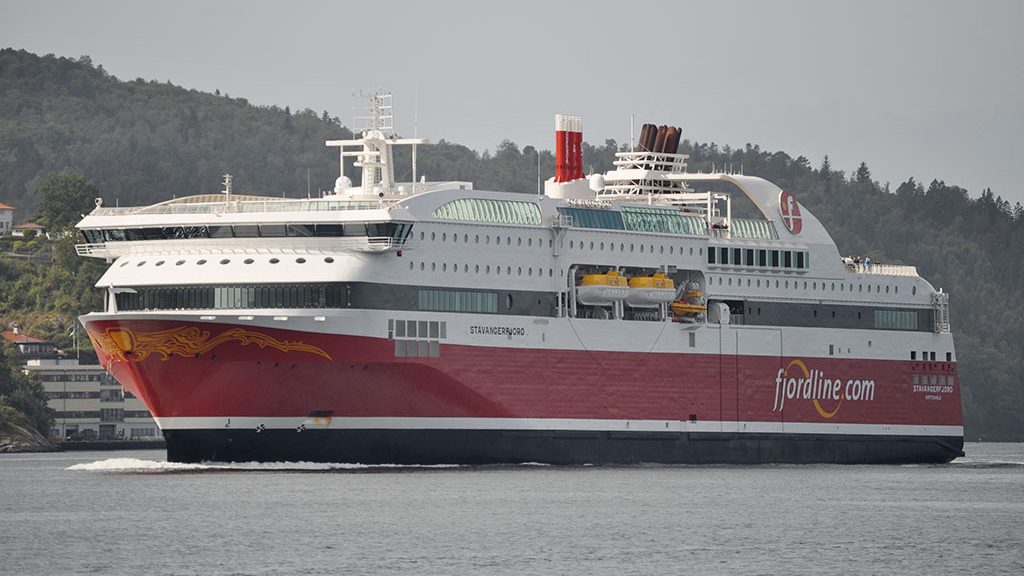
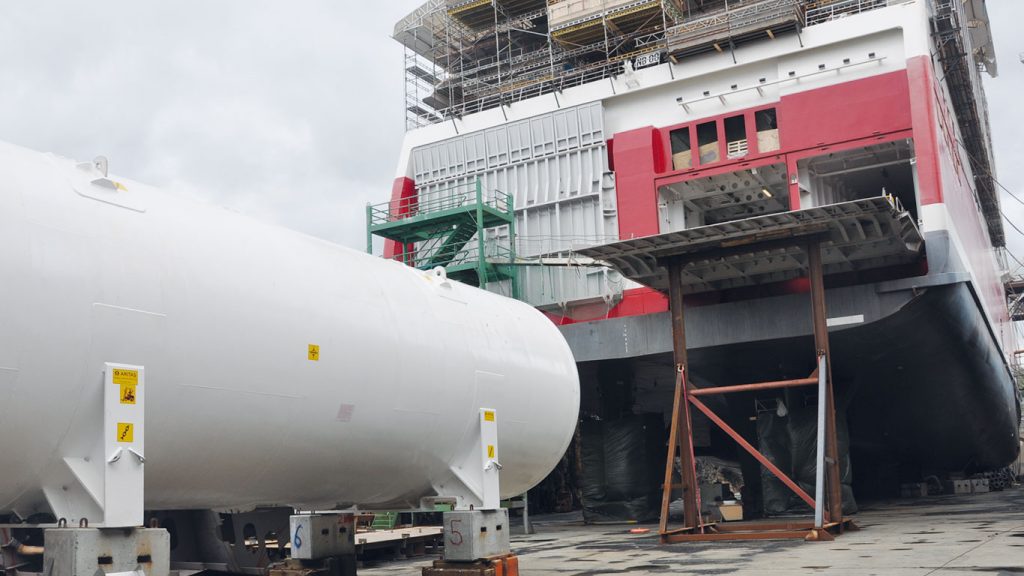
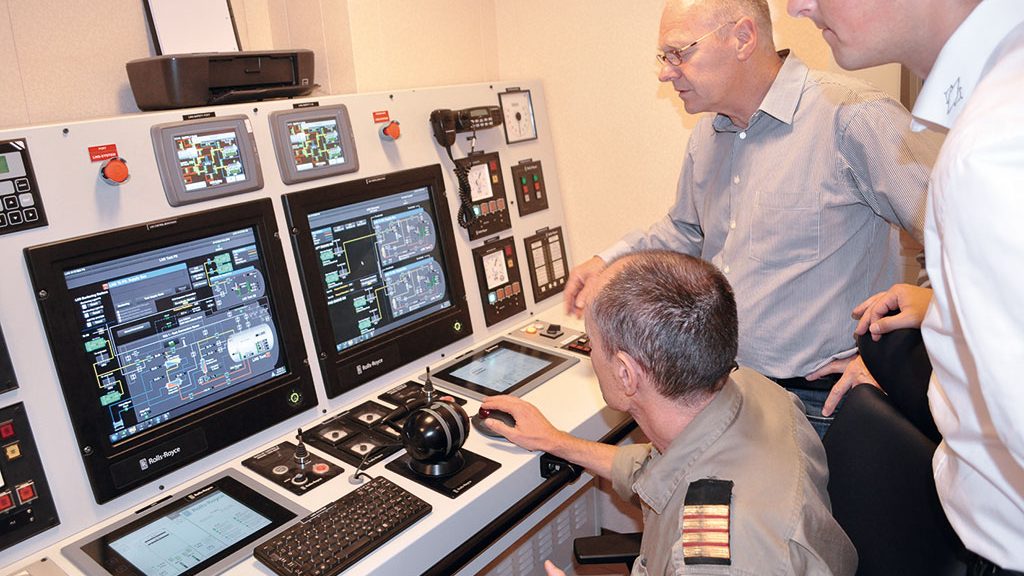
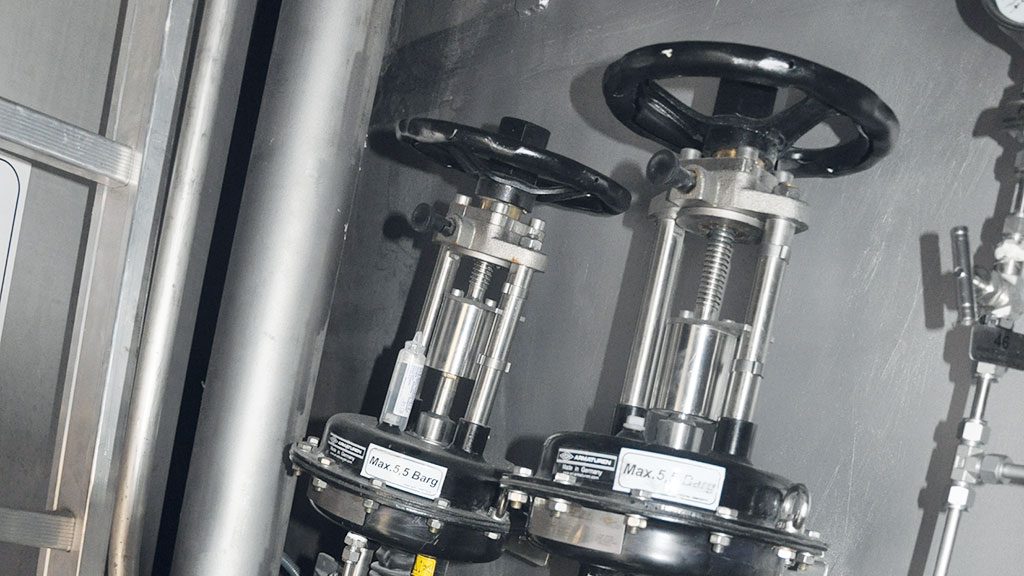
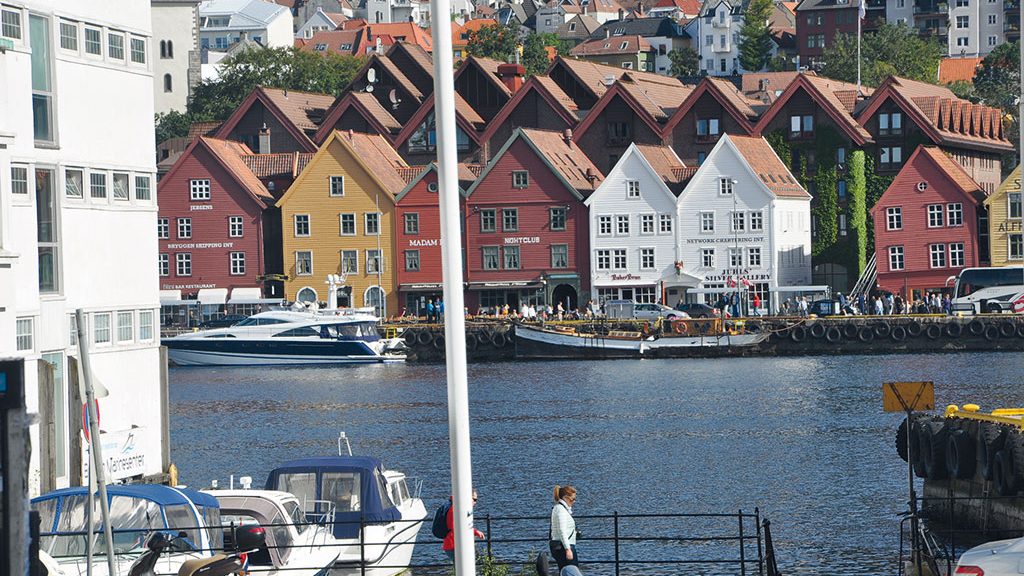
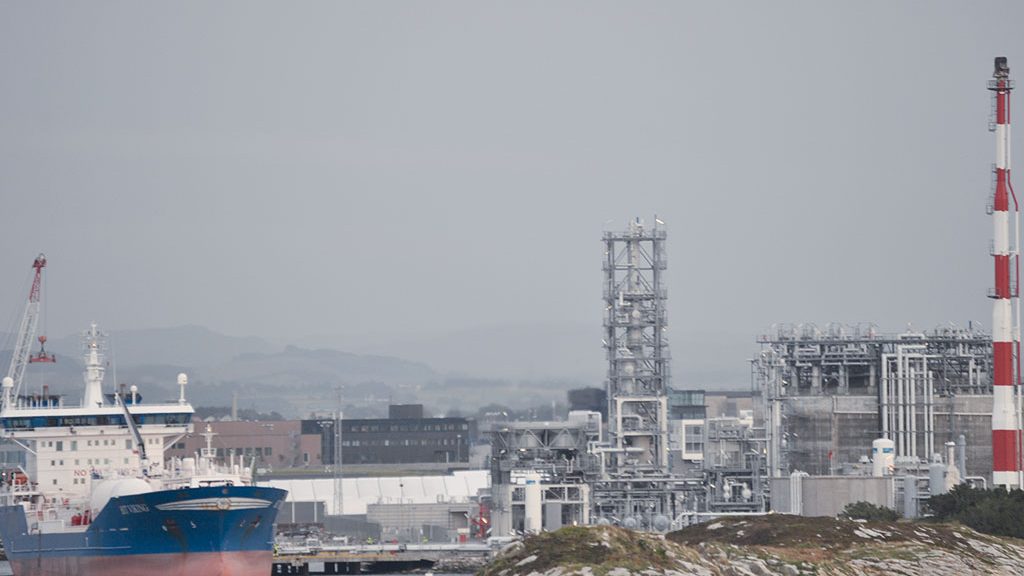
 Read the current digital customer magazine now!
Read the current digital customer magazine now!
